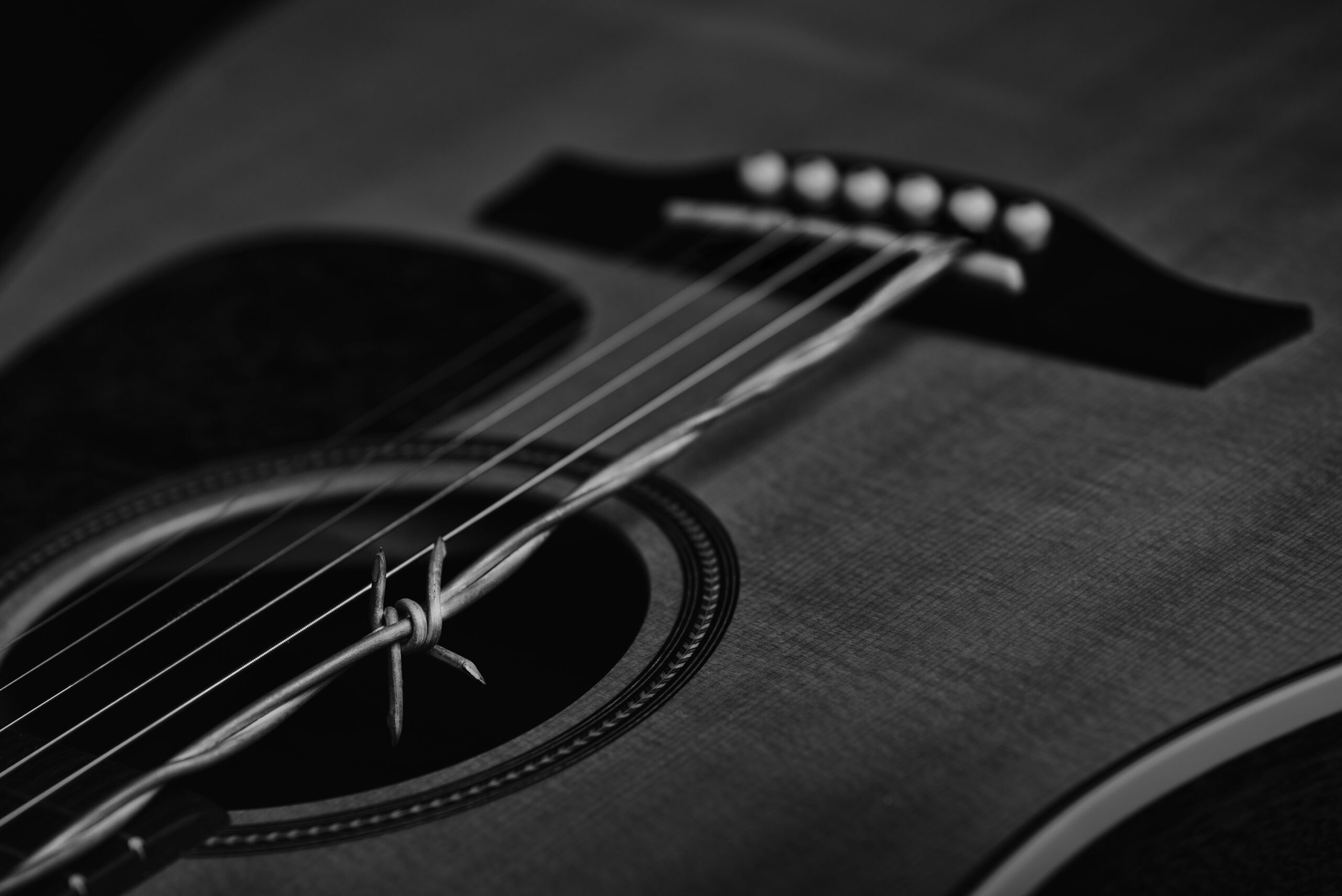In the world of internet advice, it is easy to find instructional lists like “Ten Things You Should Never Do” or “Ten Things You Should Always Do” for any given subject. Often the same items will appear on both lists, and sometimes even on the same website. Photography is certainly not exempt from this. It is the nature of the web. The subject of photographic projects has come up on lists of both types.
During the pandemic, I can only imagine that photographers deprived of their usual activities would turn to alternative means of getting their fix, and that could mean starting a themed project. These can range from technique-based projects, where the photos taken revolve around a certain aspect of photography such as lighting, or film, or format. Others can be limited to a certain genre, for example, if a portrait photographer suddenly finds him or herself without subjects, one may turn to still life as a way of keeping the hobby alive. Some have taken a “One year, One camera, One Lens” approach with self-imposed limitations. Geographic locations or routes can serve as the subjects of projects.
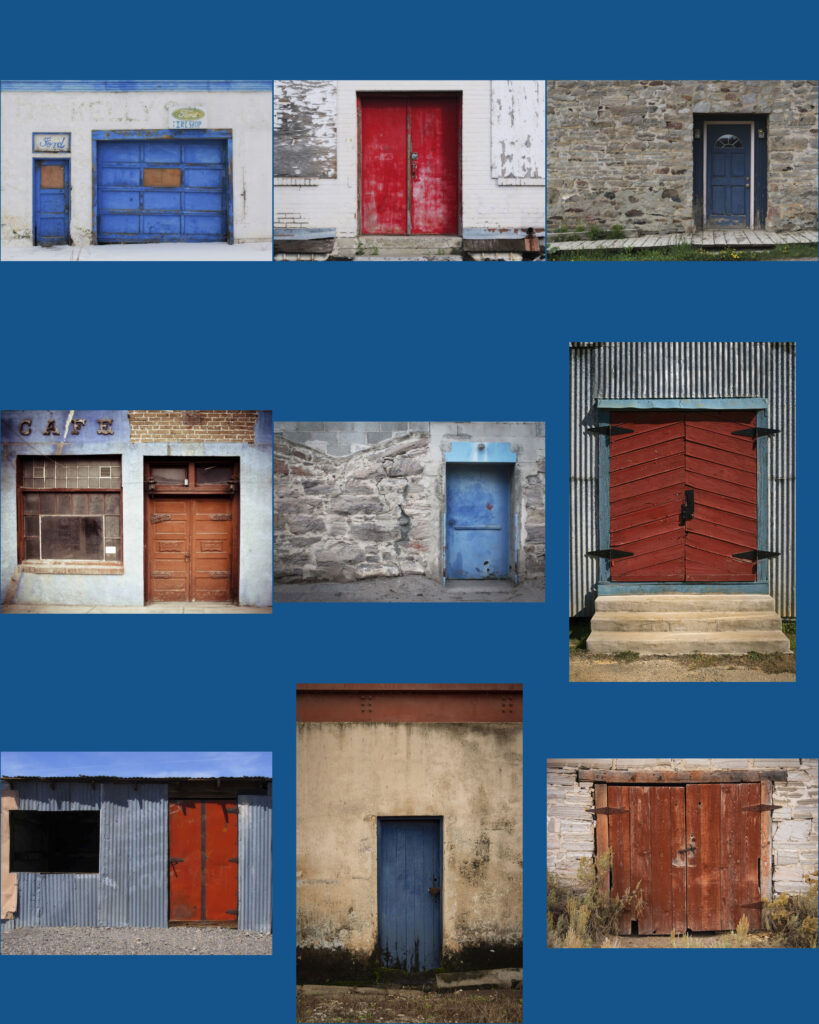
Projects can be long or short-term, deliberate or evolutionary. As I was scanning two decades of film archives, I realized that I had multiple recurring themes in my work. Moreover, I realized that I had continued shooting along the same themes even after a hiatus and the digital revolution. One of my evolutionary projects started out entirely unconsciously. It became an ongoing, slow-burn project that continues today. Another project was short-term and deliberate, centered on still-life lighting with a central theme.
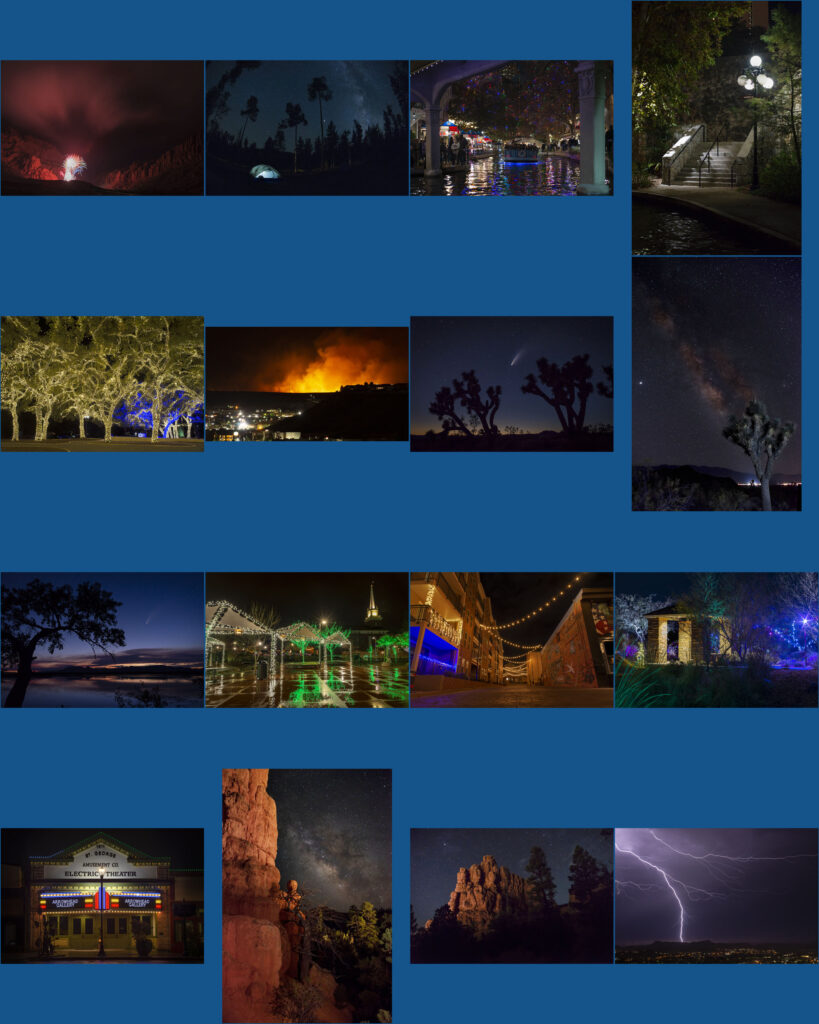
This blog is a long-term project full of short-term projects. When I come across a new lens or camera, sometimes the joy of using it is in the nuance of the equipment’s limitations, like the focal length, maximum aperture, or bokeh characteristics of the lens. Other times it is the image dimensions and ratio, like a 6×6, 6×7, 6×9 or 6×12 options in 120 film cameras. Pinhole cameras force the operator to adopt a very different approach to making an image. Extreme perspectives from a long telephoto, ultra-wide or fisheye lens can cause one to look for photos with appropriate compositions. Macro lenses open up a new world of subject matter.
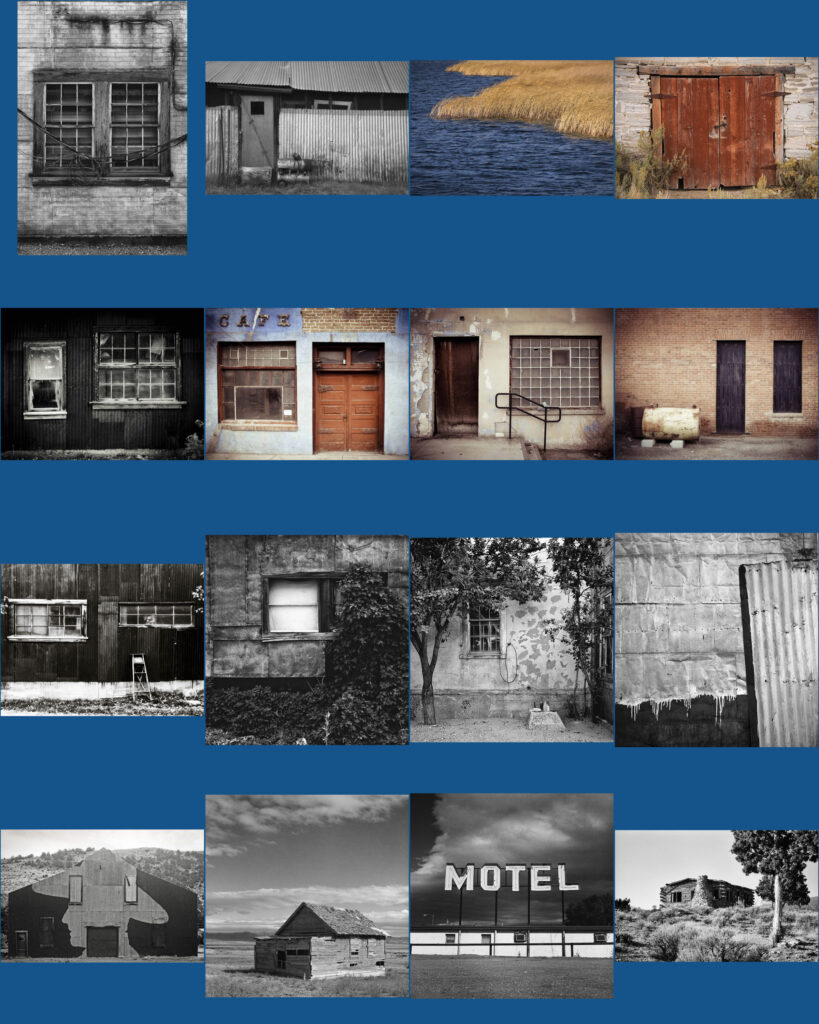
As I use these cameras and lenses, I feel the need to generate images for the blog that demonstrate the qualities of the equipment being reviewed. This compels me to get out and photograph things, while working inside the parameters imposed by the equipment in question. I live in a very scenic area with state and national parks within short driving distance, but surprisingly, it is often difficult to find subjects that I have not already photographed. I have simply seen it all before, and it takes effort to see anything in a different in a different way.
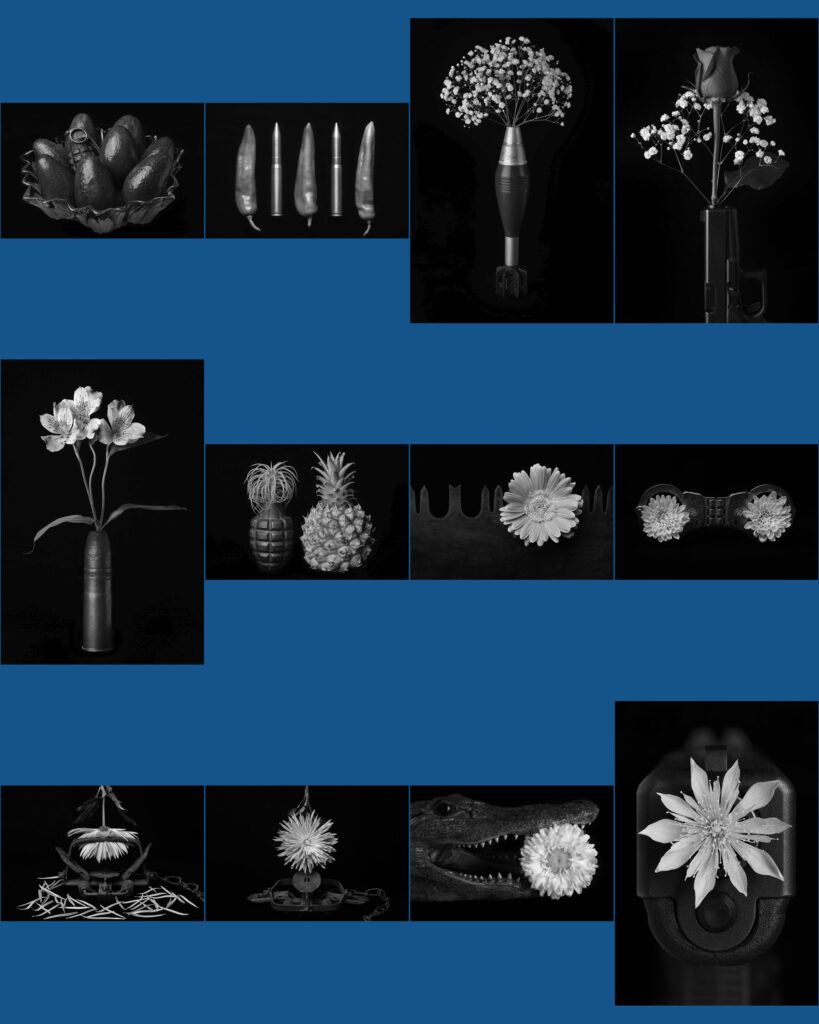
Learning to see photographically is a key benefit of photographic projects, I believe. Without a camera in hand, can you pick out a small piece of a scene, and visualize it as an isolated subject with a blurred background, as shot with a telephoto wide-open? Can you look at the same scene and see what it will look like photographed with an ultra-wide angle lens, identifying the compositional elements and possible distractions? Can you switch your perception to monochrome, seeing in terms of tonality rather than color? Can you expand this to a broader sense of visual literacy, and anticipate what elements will tell a story or elicit wonder from the viewer?
Projects help develop these abilities. A project with self-imposed limitations can hone a skill and broaden your vision. This can a valuable asset when it is is needed later. Your ability to see the world differently will open up photographic possibilities you may have otherwise missed.

